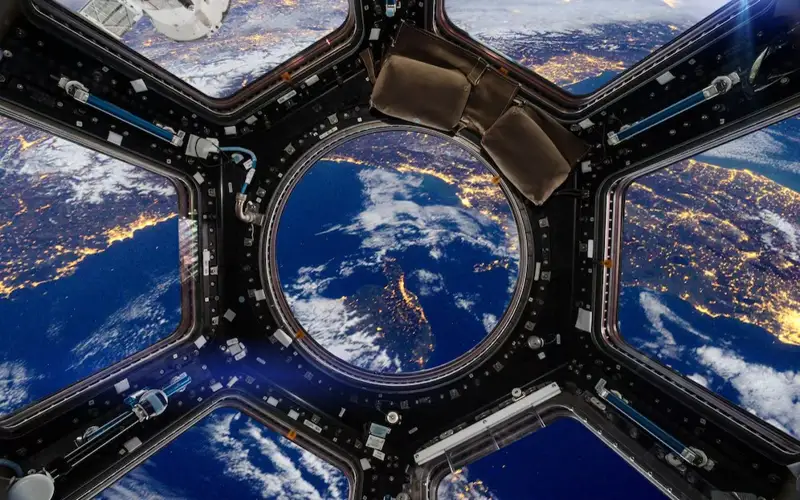Zero debris and digital Earth twins: ESA’s strategy through 2040
The European Space Agency’s (ESA) document titled "ESA Strategy 2040" outlines key goals and initiatives aimed at strengthening Europe’s position as a global leader in space, promoting sustainable development on Earth, and enhancing the competitiveness of the European economy, Kazinform News Agency correspondent reports.

Moving away from traditional models, ESA is shifting to a more flexible and commercially-oriented approach, focusing on public-private partnerships and accelerating the adoption of innovative technologies. The agency has identified five main objectives:
Protecting the planet and climate
ESA plans to actively leverage satellite technologies to monitor climate change, prevent environmental disasters, and manage natural resources. One of its key initiatives is the creation of digital twins of Earth, which will enable modeling and forecasting of climate changes.
The agency has also announced the adoption of a “zero debris” policy in space. By 2030, all ESA missions will adhere to stringent disposal standards, with a core focus on preventing the creation of space debris and developing technologies for its removal.
Exploration and discovery
ESA aims to solidify its position in space exploration, including programs focused on the Moon, Mars, and deep space. The agency is actively involved in international projects such as the Artemis program and plans to launch innovative missions to study solar activity, galaxy formation, and the search for signs of extraterrestrial life. For instance, ESA is preparing a large mission targeting Enceladus, Saturn's ocean-bearing moon, to search for life and life-enabling chemistry.

Strengthening Europe’s autonomy and resilience
ESA is committed to ensuring Europe’s independence in strategically vital space technologies, such as the Galileo navigation systems and advancements in quantum communications. A strong emphasis is placed on security, with plans to develop systems to protect critical infrastructure from space weather and asteroid threats.
Growth and competitiveness
The agency is prioritizing private investment and the expansion of Europe’s space ecosystem. ESA aims to advance European space technology and leadership by investing in innovative solutions that boost the space industry and support broader strategic objectives.
Inspiring Europe
A key part of ESA’s strategy is promoting space exploration and technology among Europeans. The agency plans to implement educational programs aimed at attracting young talent to STEM fields while strengthening collaborations with international partners.
ESA emphasizes that space technologies play a crucial role in addressing global challenges such as climate change, security, resource management, and innovation-driven development.
For instance, Copernicus satellites are already being used to monitor natural disasters, such as the devastating floods in Slovenia in 2023, while Galileo systems provide autonomous navigation and support for transportation infrastructure.
Earlier, Kazinform News Agency reported that South Korean space agency plans to foster 30,000 space talents by 2045.
